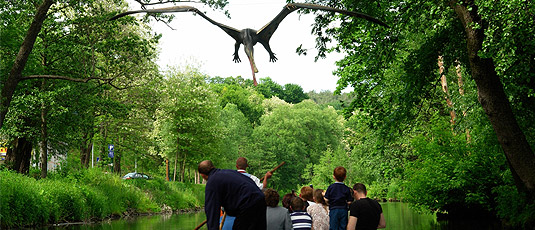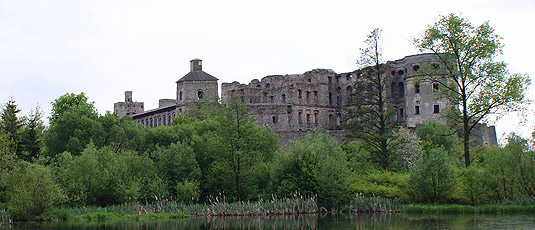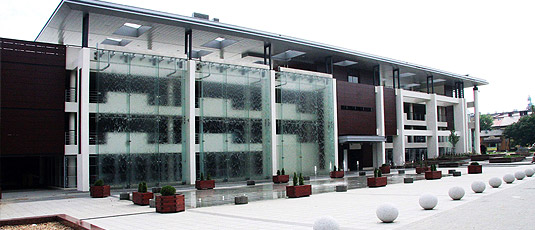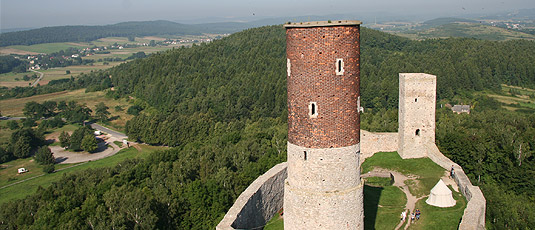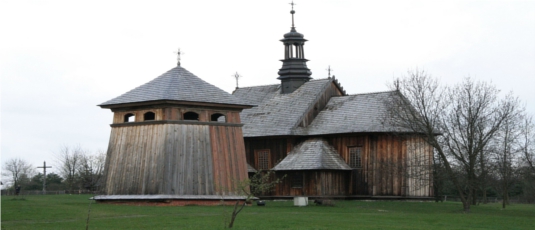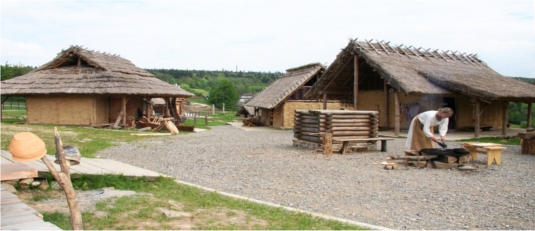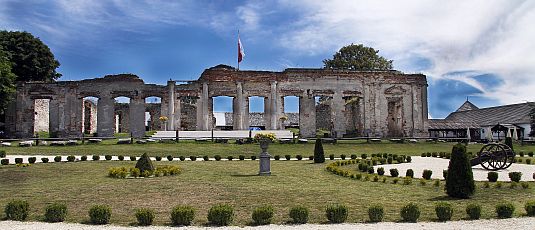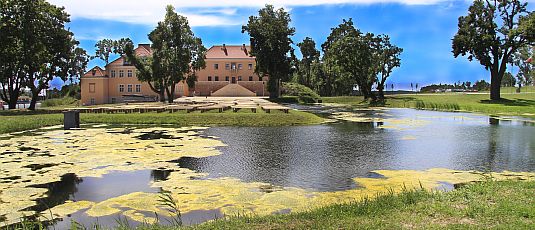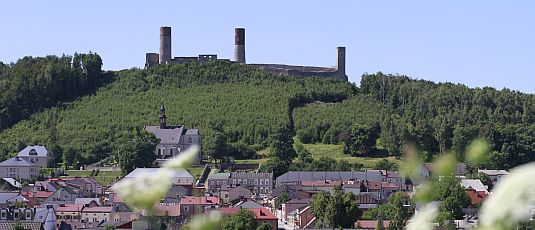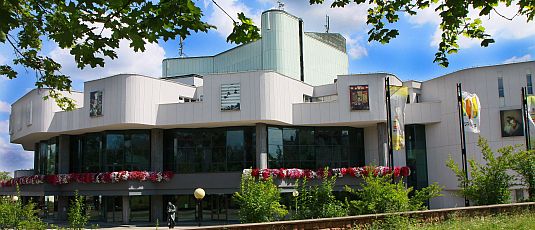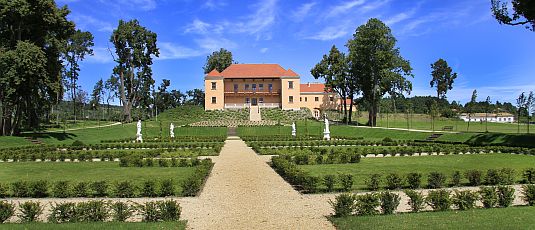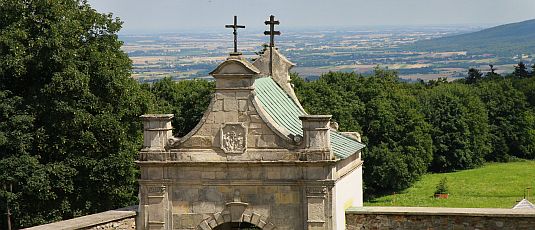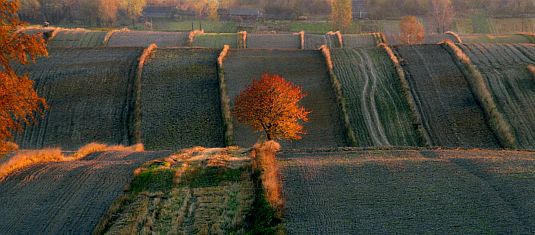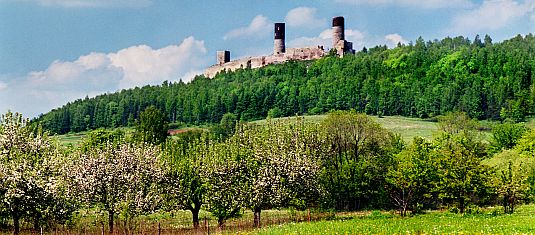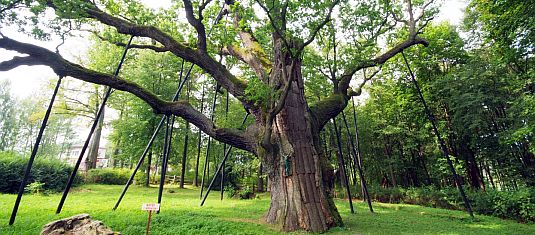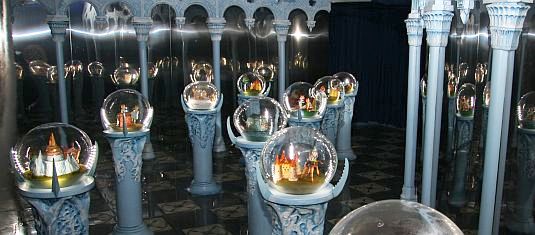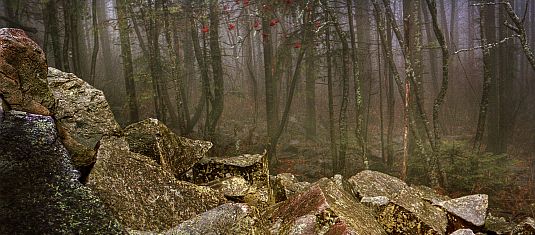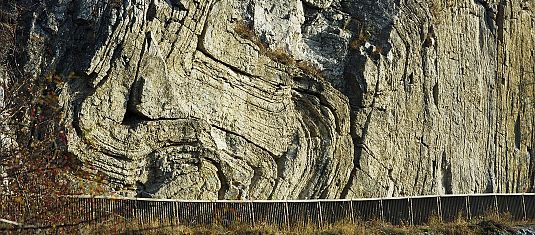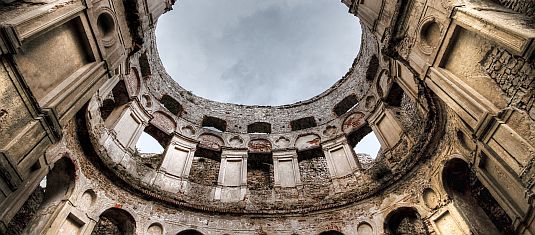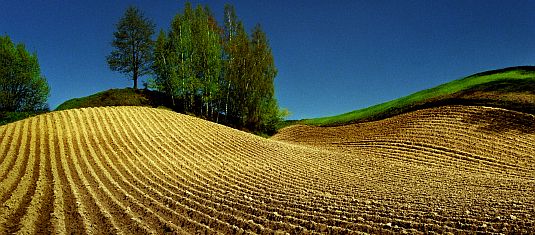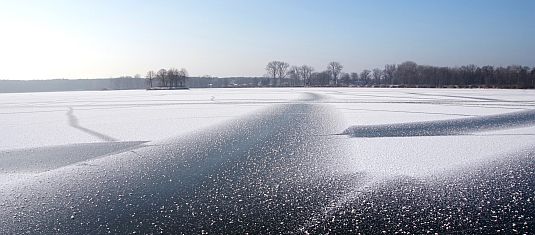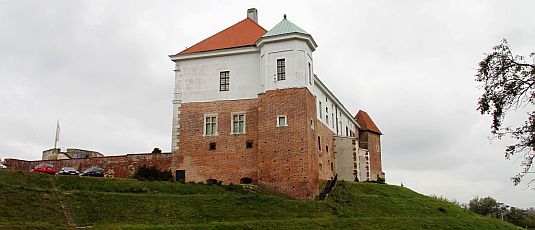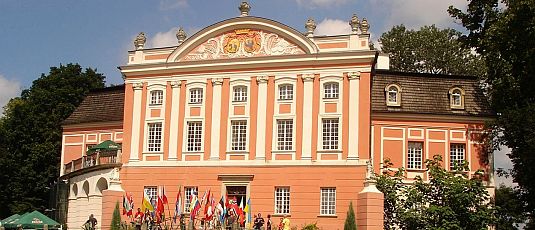Picturesquely situated between the Nida and the Vistula.
Nowy Korczyn, founded by king Bolesław Wstydliwy (Bolesław the Chaste), nowadays is a great example of provincial architecture. The name of the town is said to have been taken from a dialectical word “korucje” (stumping). The beginning of its existence is connected with the existence of a nearby ducal burgh on the right bank of the Nida River, now known as Stary Korczyn. The habitants of this place are extremely proud of their history. Not many municipalities are in possession of such a large number of monographs as Nowy Korczyn.
The panorama of Nowy Korczyn is dominated by two outstanding churches – the town church and the old Franciscans’ monastery. The church was built in the16th C., yet its present look is mostly the outcome of a thorough rebuilding from the 17th C. It is remarkable for a decorative western facade, a Baroque main altar, a vault with rich plaster-work ornamentation, and the original fragment of a late-gothic triptych depicting the Mourning of the Christ. The monastery, founded by king Bolesław the Chaste and his wife Kinga, had been built in the late 13th C. and, later on, it was enlarged by king kazimierz Wielki (Casimir the Great). Inside the temple you should see the gothic and baroque polychromes. Another interesting site are the ruins of Nowy Korczyn’s classicistic synagogue from the late 18th century, a relic of the times when the Jewish commune constituted half of the city’s population. On the town’s square there is also a historic building called the Długosz House - Jan Długosz was a famous Polish chronicler and royal sons’ tutor, during his early years he had lived and attended the local school in here. A popular tourist attraction are the vast fields of “jaś” bean and lavender, which even attributed the place a name of the “Korczyn Provence”. Therefore, the fragrant bags of lavender can be an excellent souvenir from this town of Świętokrzyskie.
The panorama of Nowy Korczyn is dominated by two outstanding churches – the town church and the old Franciscans’ monastery. The church was built in the16th C., yet its present look is mostly the outcome of a thorough rebuilding from the 17th C. It is remarkable for a decorative western facade, a Baroque main altar, a vault with rich plaster-work ornamentation, and the original fragment of a late-gothic triptych depicting the Mourning of the Christ. The monastery, founded by king Bolesław the Chaste and his wife Kinga, had been built in the late 13th C. and, later on, it was enlarged by king kazimierz Wielki (Casimir the Great). Inside the temple you should see the gothic and baroque polychromes. Another interesting site are the ruins of Nowy Korczyn’s classicistic synagogue from the late 18th century, a relic of the times when the Jewish commune constituted half of the city’s population. On the town’s square there is also a historic building called the Długosz House - Jan Długosz was a famous Polish chronicler and royal sons’ tutor, during his early years he had lived and attended the local school in here. A popular tourist attraction are the vast fields of “jaś” bean and lavender, which even attributed the place a name of the “Korczyn Provence”. Therefore, the fragrant bags of lavender can be an excellent souvenir from this town of Świętokrzyskie.
Unfortunately, the place is usually overlooked by tourists who visit the region. Actually, it is worth to stop by in here to see its architecture sites and smell the pleasant scent of lavender.
Nowy Korczyn – the Ruthenian cemetery
The parish church The Długosz House



